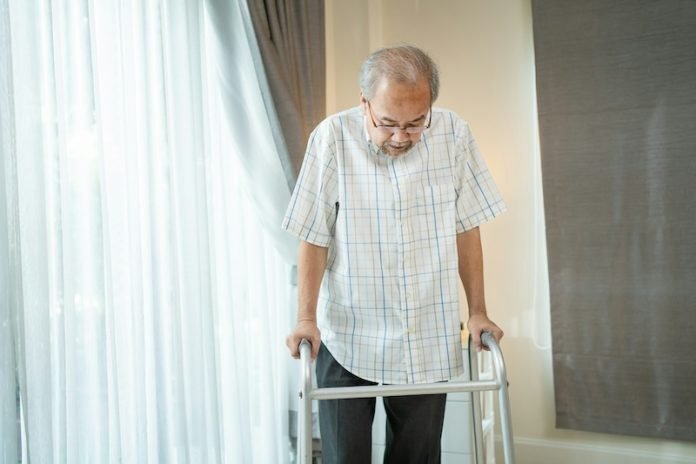
A recent study published in JAMA Network Open has brought to light a significant correlation between walking limitations and the risk of fractures.
This research, spearheaded by Dana Bliuc, Ph.D., from the Garvan Institute of Medical Research in Darlinghurst, Australia, provides new insights into how mobility constraints can impact bone health.
The study involved 266,912 participants from the 45 and Up Study. The team focused on examining the relationship between self-reported walking limitations of ≤1,000 meters and the risk of fractures over five years.
The findings are particularly revealing: about 20% of participants reported a degree of walking limitation at the beginning of the study. During an average follow-up period of 4.1 years, 7,190 women and 4,267 men experienced a new fracture.
The analysis showed a clear association between walking limitations and increased fracture risk in both men and women. This association was observed regardless of the degree of limitation.
Specifically, women with a little walking limitation had a 32% higher risk, and men with a little limitation had a 46% higher risk.
For those with a lot of limitation, the risk was even higher, with women at a 60% increased risk and men at a 103% increased risk. Notably, 60% of the fractures were attributed to walking limitations.
The study’s findings are broad, encompassing various types of fractures. The increased risk was significant for hip, vertebral, and nonhip nonvertebral fractures, with the risk increase ranging from 21% to over 219%.
The researchers emphasize the practical implications of their findings. Since walking limitations are common and easily detectable, they advocate for clinicians to actively inquire about such limitations.
This approach can help identify individuals at higher risk for fractures, who could benefit from further bone health assessments.
However, it’s important to note that several authors of the study have disclosed connections to the pharmaceutical industry. This factor should be considered when interpreting the results and implications of the research.
In summary, this study underscores the importance of assessing walking limitations as a simple yet effective means of identifying individuals at increased risk for fractures, paving the way for targeted interventions to improve bone health and prevent fractures.
If you care about bone health, please read studies that plant-based diets can harm your bone health without these nutrients, and this bone problem may strongly increase COVID-19 death risk.
For more information about wellness, please see recent studies that too much of this vitamin may increase your risk of bone fractures, and results showing this type of exercise may protect your bone health, slow down bone aging.
The research findings can be found in JAMA Network Open.
Copyright © 2024 Knowridge Science Report. All rights reserved.



